Hello everybody and welcome back to another article talking about the weirdest cards in the game of Yu-Gi-Oh. Last time we did this, we went over to MTG to talk about their share of absurdities, and I will be talking about more MTG cards in the future, but I'd like this week to go back to Yu-Gi-Oh. We all know the drill at this point, so let's just jump right in.
Pole Position
Pole Position is a card that been historically infamous for how many infinite loops it can cause and how easy it is to achieve them, so much so to the fact that Yu-Gi-Oh video games don't bother trying to implement it. The reason why is because of its effect to make the monster with the highest ATK on the field unaffected by spell effects and its interactions with spell cards that grant ATK.
Suppose there is a Dark Magician and a Blue-Eyes White Dragon on the field along with Pole Position and you have an Axe of Despair in your hand. If you equip the Axe of Despair to Dark Magician, it now has a total of 3500 ATK making it the monster with the highest ATK on the field. Pole Position recognizes this and makes Dark Magician unaffected by spells which includes the Axe of Despair, meaning that it goes back to its original 2500 ATK. Now it no longer has the highest ATK on the field and Pole Position now affects Blue-Eyes White Dragon instead. At this point, Dark Magician is now affected by Axe of Despair again and its ATK goes back to 3500, which will cause Pole Position to change its effect to work on it instead and... you can see why this is a problem.
Surprisingly, the card is still legal despite the number of ruling problems this creates and how easy it is to set one up. In 2020, an official ruling was stated that the card would just destroy itself if this happens. Before you try to get crafty, the same ruling also states that this will not cause its other effect to go off.
Cold Feet/The Humble Sentry
This entry is a two-in-one because both of these cards are basically on here for the same exact reason and have nearly identical design philosophies. The effect of Cold Feet makes it so that you can't play or set and Spell or Trap cards this turn, and the effect of The Humble Sentry is that you reveal your hand and then choose one card in it to shuffle back into your deck.
This might seem a bit confusing since it seems that all these cards do is give you some detrimental effect without any upside. And you are right. That is indeed all these cards do. Why exactly do these cards exist?
These cards may look similar to two other cards, and that's because they are joke versions of Cold Wave and The Forceful Sentry respectively, which are two banned Spell cards from the very early days of the game. A decade later, these cards come out as cards that are intentionally bad versions of those two cards as a way for Konami to just make fun of themselves and also a little wink to long-time players who would recognize what these cards reference.
Now that we know these cards were deliberately made as joke cards, is there a way to actually use them beneficially in some way? The answer to that question is actually yes. If you remember Mystical Refpanel from the previous Weirdest Yu-Gi-Oh cards article, then you may be aware of how that card can be used with these two. You can play Cold Feet, then chain Mystical Refpanel to apply the effect to your opponent instead, effectively mimicking the effect of Cold Wave. Given that Cold Feet is a Quick-Play spell, this can even be done more proactively than the original Cold Wave as you can activate this on your opponent's turn. This same thing can of course be done with The Humble Sentry to mimic the effect of The Forceful Sentry. This of course is by no means practical, but it is amusing.
Senet Switch
Senet Switch is a card that has a very unique history behind it. While its effect may seem quite normal in the context of the modern game, its place in Yu-Gi-Oh history lies in the time period it was released in. The card comes from Cyberdark Impact, a set from 2006 that unsuccessfully attempted to introduce a column mechanic to emphasize the importance of Monster positioning. Other cards that were part of this design include Alien Infiltrator, Rampaging Rhynos, Storm Shooter, and Blasting Fuse.
Of all the cards in the set to utilize this design, Senet Switch was always the one that stuck out the most, which we can probably infer to be because the card ultimately serves absolutely no function through its own effect with this mechanic not being a mainstream idea that people didn't pay attention to at the time. As a result, its weird design would be what stands out to the playerbase. Why exactly this mechanic didn't get the success that it possibly could've is a bit harder to figure out, but it could be because most people just simply didn't care when there's so few cards that use it, and none of which being particularly powerful enough to leave a mark on the game.
As a result, this card didn't seem to have any actual way to be played except for rulesharking. That would be the case for 11 years until Link Monsters were added to the game in 2017, a card type where Monster Zones and card positioning was an extremely pivotal part of their design. Naturally, one of the very first things that people jumped to was Senet Switch, as this weird card that did basically nothing could now be used for its intended purpose. As you might've guessed though, this didn't make the card good all of a sudden.
As of 2022, the card has even received direct and specific support through the Vaylantz archetype. At the time of this article's writing, it hasn't been implemented into the English card game yet, but it's really cool to see this old, obscure card be made into a part of a modern archetype in an environment where it can be used.
It is a very curious case though. Columns and positioning may be a mainstay of modern-day Yu-Gi-Oh, but it wasn't always that way. Why did Konami decide to revisit columns 11 years after their first unsuccessful implementation? Who can say for sure? Perhaps in some alternate timeline, the mechanic was successful the first time and was always an important part of the game since its initial wave. What a crazy timeline that must be.
Arsenal Summoner
Arsenal Summoner is a card that represents problems you come across with non-English translations and naming conventions. Arsenal Summoner was made to be a search card for the "Guardian" archetype which was released with Guardian cards Baou, Ceal, Elma, Grarl, Kay'est, and Tryce, and then later Dreadscythe and Eatos. A support card for the Guardian archetype sounds perfectly reasonable, but it however is slightly problematic with the way Yu-Gi-Oh handles archetypes.
The first of those problems is that "Guardian" is a very generic word used in card games, and Yu-Gi-Oh is no exception to that. The game has dozens of cards with "Guardian" in the name that aren't part of the Guardian archetype, which the card attempts to circumvent by excluding certain cards with the word "Guardian" on it that are not part of the archetype, only for several more to be added later. To a player unfamiliar with the Guardian archetype, they may look at this card with a confused look wondering why the card searches for cards with such a generic word as part of the name except for these specific cards.
How does one know what cards count as "Guardian" cards for the archetype? The answer to that question basically boils down to the fact that you just have to know already. Due to the way translations work, certain languages may read certain words differently depending on context. Japanese text for example writes "Guardian" on all the cards in the archetype in a specific way that isn't the same way it writes "Guardian" on cards that aren't part of the archetype. This makes sense as Japanese is the game's native language and their typography works very differently than it does in English. Naturally, some compromises have to be made here, and some languages may even exclude some cards on the text that other languages don't.
Silent Wobby
Silent Wobby is a card that looks like it should be intuitive and obvious what it does, but because of rulings, doesn't function as you might expect it to.
If you read the card, its effect gives the card to your opponent, you draw a card, and your opponent gains 2000 Life Points. That's logically what should happen right? Well, you're correct in that it really should work that way, but it doesn't because things get sort of weird here. According to rulings, when the card is summoned to your opponent's side of the field, the rest of the effect activates from their point of view. As a result, the way the card actually works is that your opponent draws a card, and you gain 2000 Life Points.
Although it can be understood why it works this way, it's not immediately intuitive that it should. Did you initially think it would work that way when you first read the card? I can guarantee you that most did not.
Magical Hats
Magical Hats is truly a one-of-a-kind card. If you're familiar with the "shell game" that involves 3 cups (or similarly easy to move containers) that are shuffled around on the table, this is exactly like that except for cards. The card has you pick a Monster you control and two Spell or Trap cards in your deck, put those two Spell or Trap cards on the field face-down as Monsters with 0 ATK and DEF, then shuffle the three cards around face-down. The idea is that you can possibly use this effect to save one of your Monsters by having your opponent into into the 0/0 tokens as bait. Since the Spells/Traps get destroyed at the end of the turn anyway, having them die to battle is no big deal to you.
That's how the card is supposed to play anyway. The card in actuality is much more useful than it seems like it may have been intended to be, which comes down to the fact that it freely gets two cards out of your deck. Those two cards could be milled, but with certain cards effects, they could also be returned to your hand essentially giving you a search for backrow cards or could be used for Tributes.
The card is likely designed the way it is because tokens in Yu-Gi-Oh are not as plentiful as they are in games like Magic or Hearthstone. They exist, but nowhere near on the same scale as those two games, and this is especially the case for very early Yu-Gi-Oh where such cards were exceptionally rare. Nowadays, where tokens are much more common than they were 15-20 years ago when the game was first printed, this card would've most likely been designed just using normal tokens for the 0/0 Monsters. As an old card trying to navigate around its early design, this ended up making the card more useful than it would've been otherwise, and this card is no mere party trick.
Yajiro Invader
Yajiro Invader is the newest card to make this article being first released in 2018. Just a little bit ago in this article when I talked about Senet Switch, I mentioned how card positioning become a significantly more important part of the game with the introduction of Link Monsters. Yajiro Invader is an example of one such card to be added under this new design space, and probably one of the most interesting.
It can only be summoned to the middle Main Monster Zone. Show a really old player this card and this limitation alone will be enough to make it into this article. Once per turn, you move it to an adjacent unoccupied Monster Zone (exactly like a built-in Senet Switch), but it will also move itself when a Monster is summoned to your opponent's field to zone closer to that Monster. When it moves this way, it'll destroy every card in the same column other than itself (giving it a repeatable built-in Blasting Fuse).
This card is cool in that it makes both players consider their positioning, and both players can potentially take advantage of it. Though while your opponent can use the effect to, its controller has much more agency over it as it can move itself with its once per turn effect. You can also summon Monsters to your opponent's side of the field (which can be accomplished by cards like Kaijus) to proc the effect yourself. With Yajiro on board, an entire new element must be considered by both players as it just keeps moving on the field and can keep destroying cards, and the player can skillfully manipulate its ability to make some weird plays.
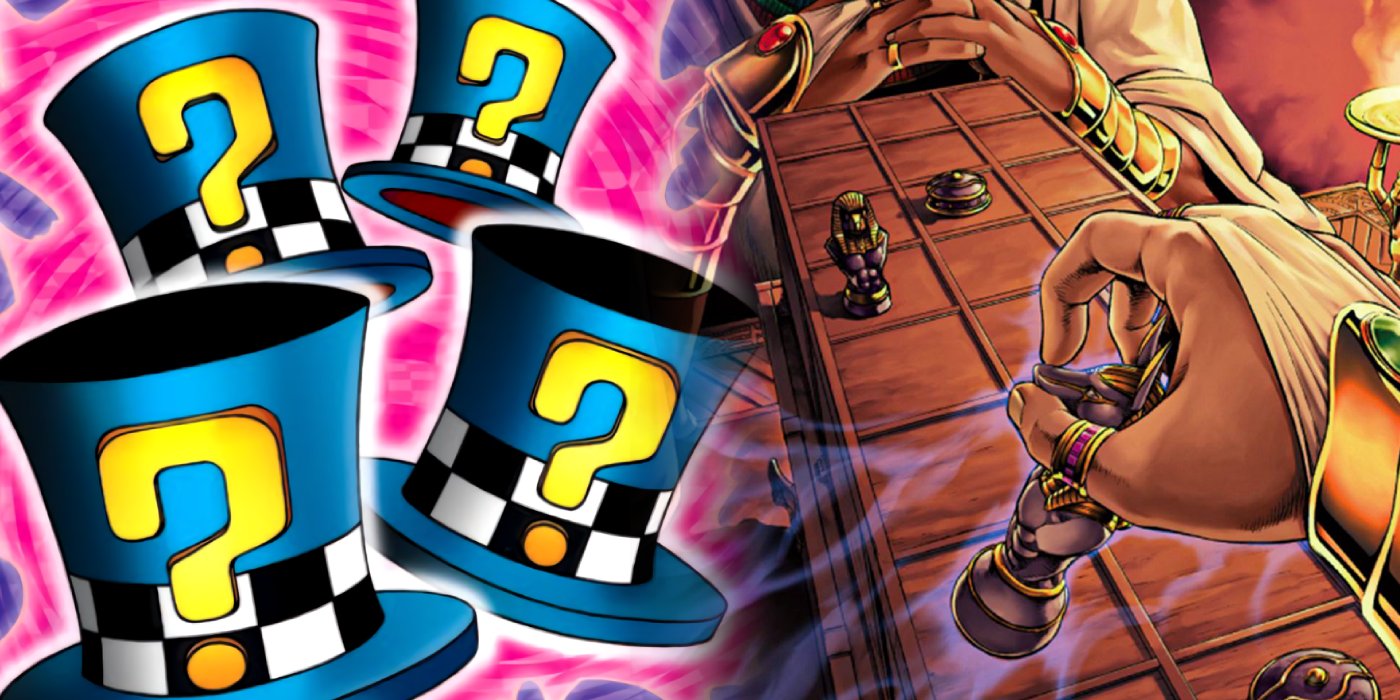
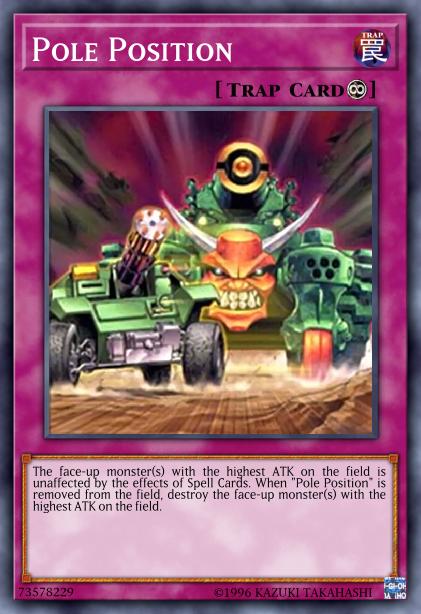
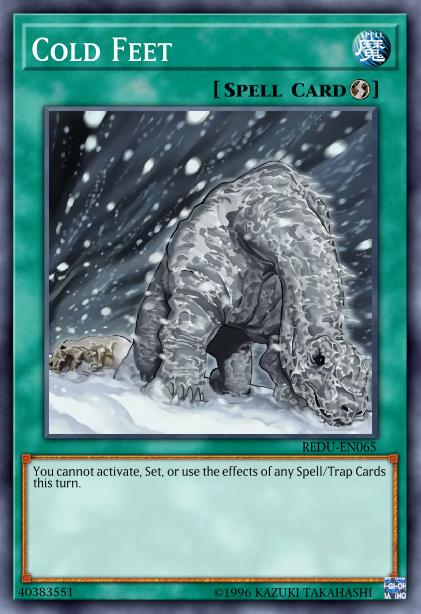
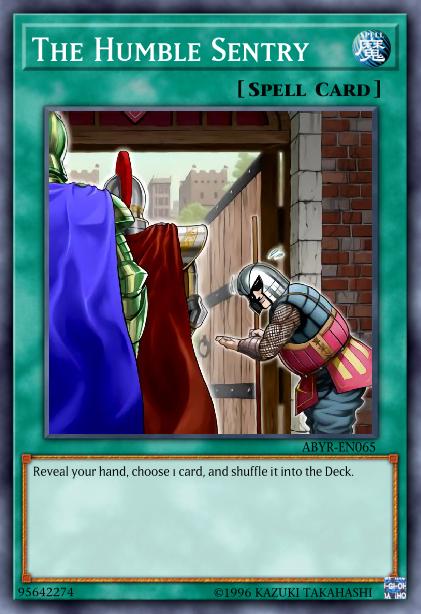
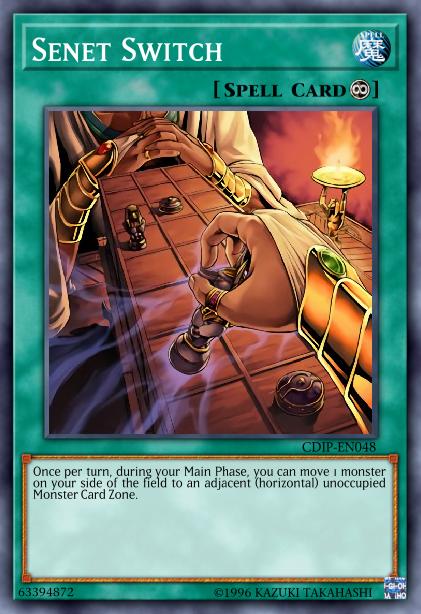
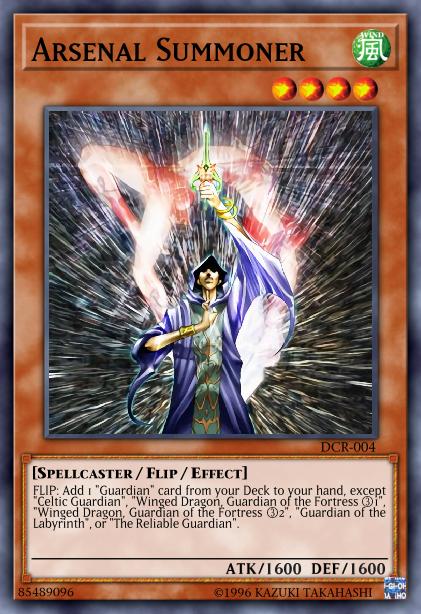
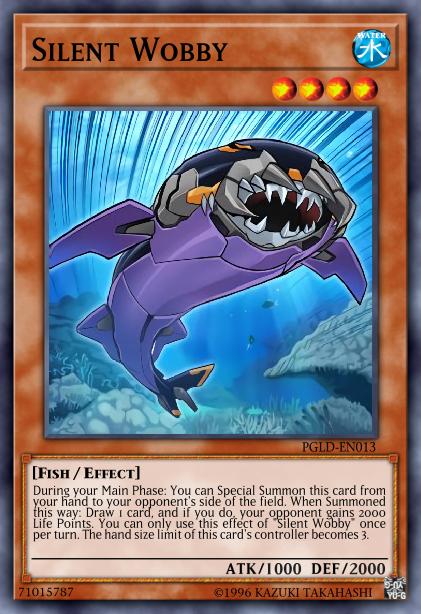
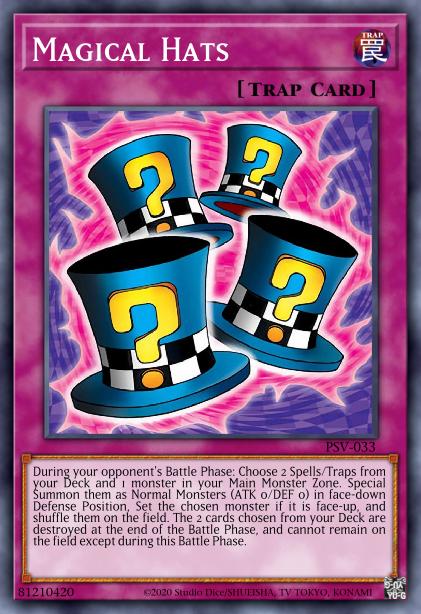
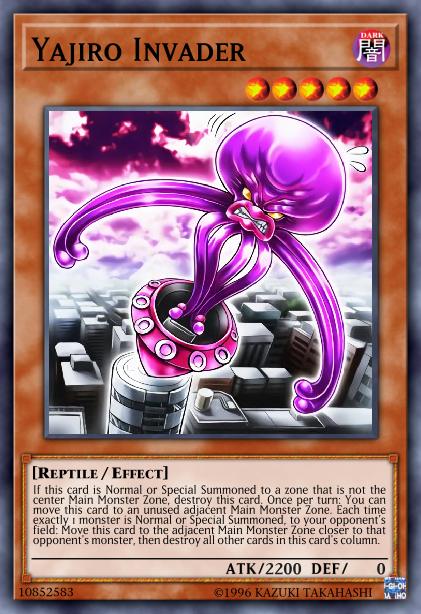
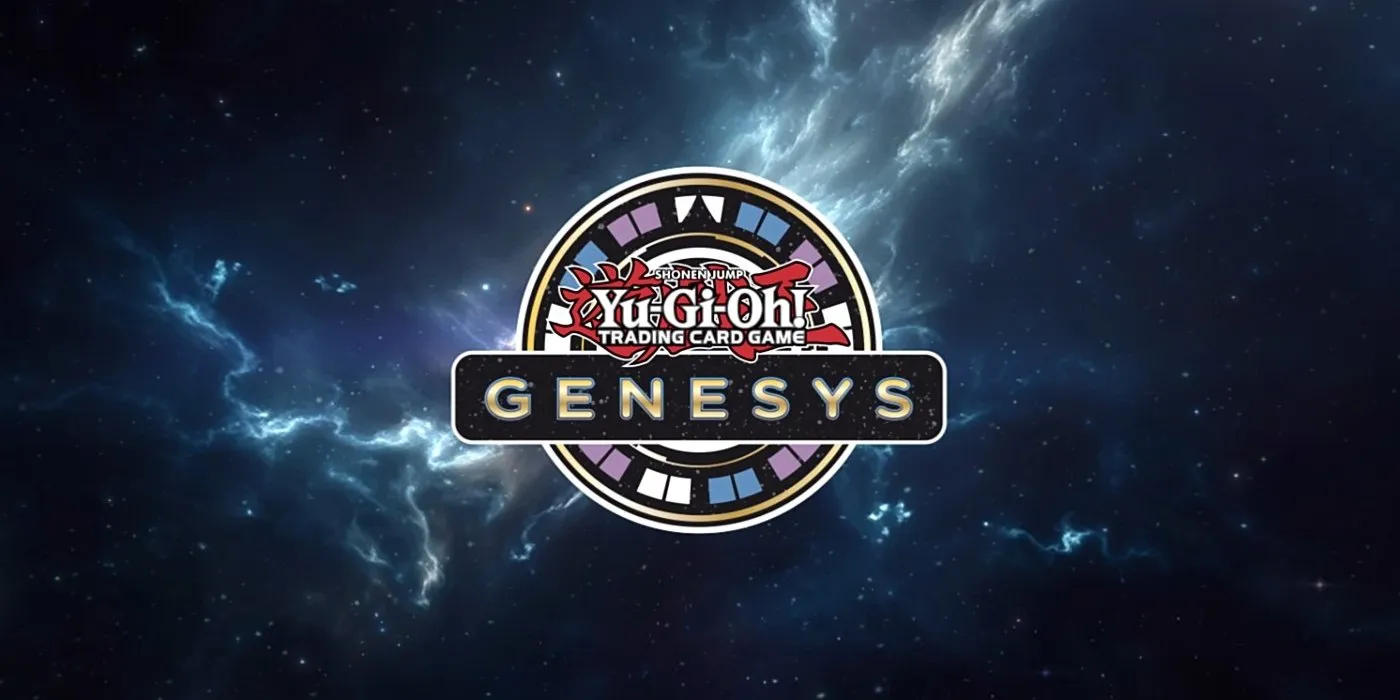
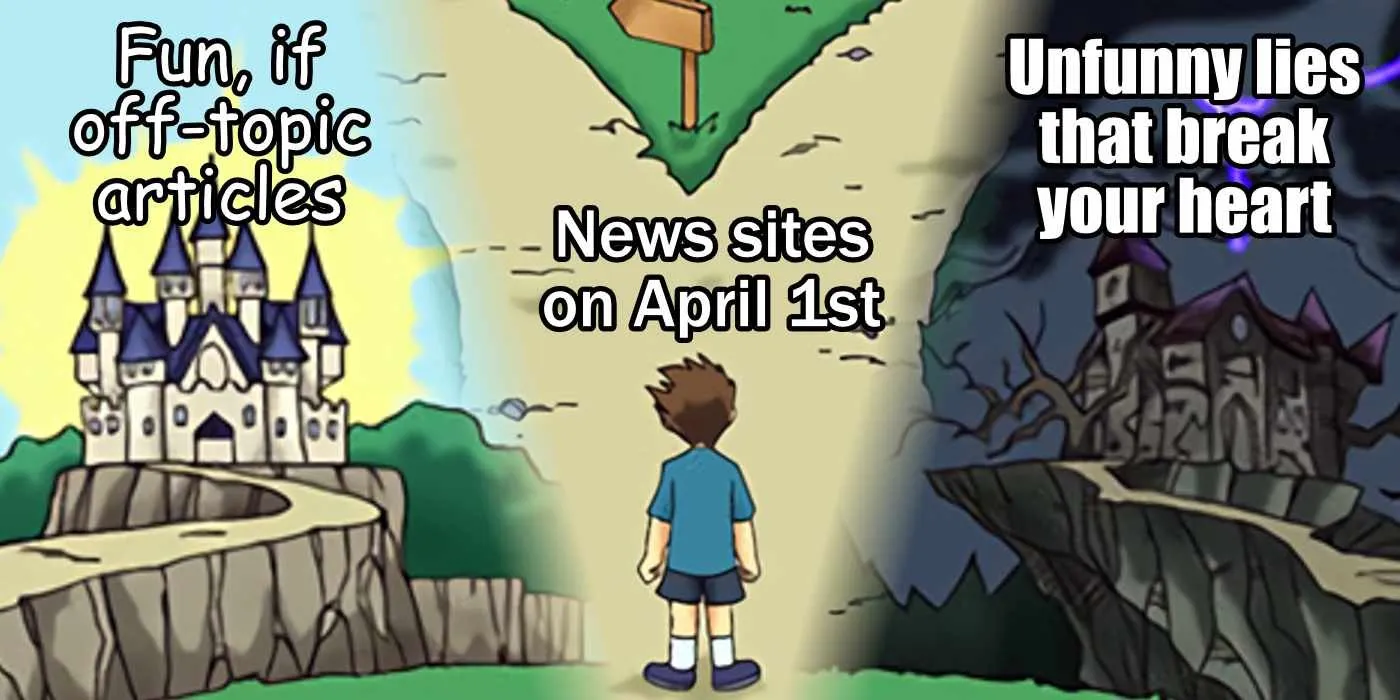
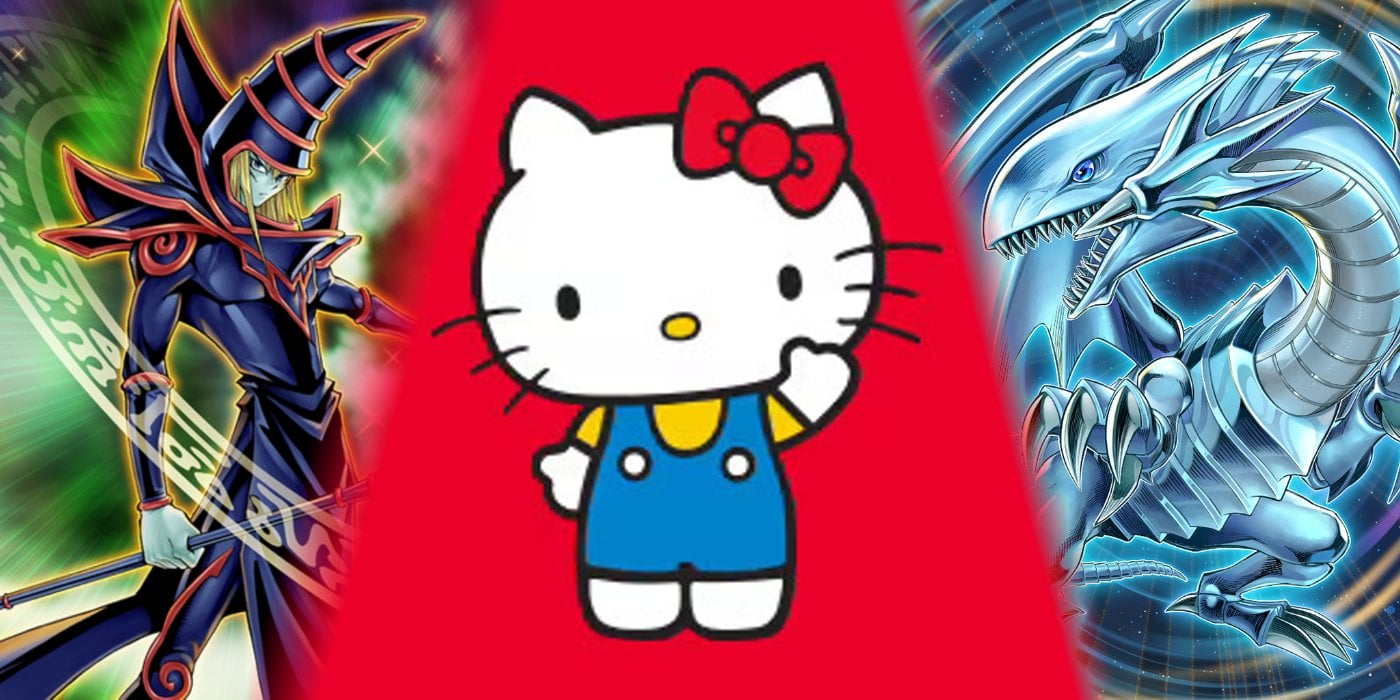
Comments
No Comments Yet. Be the first to create one down below!